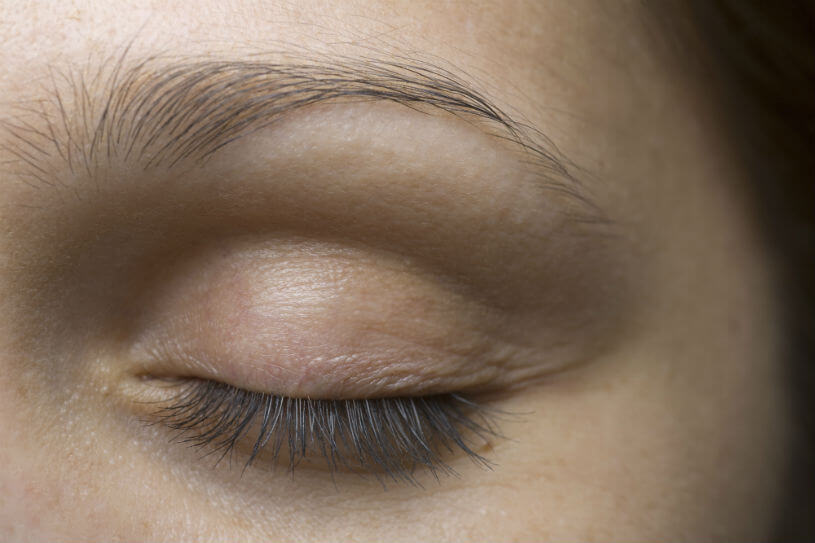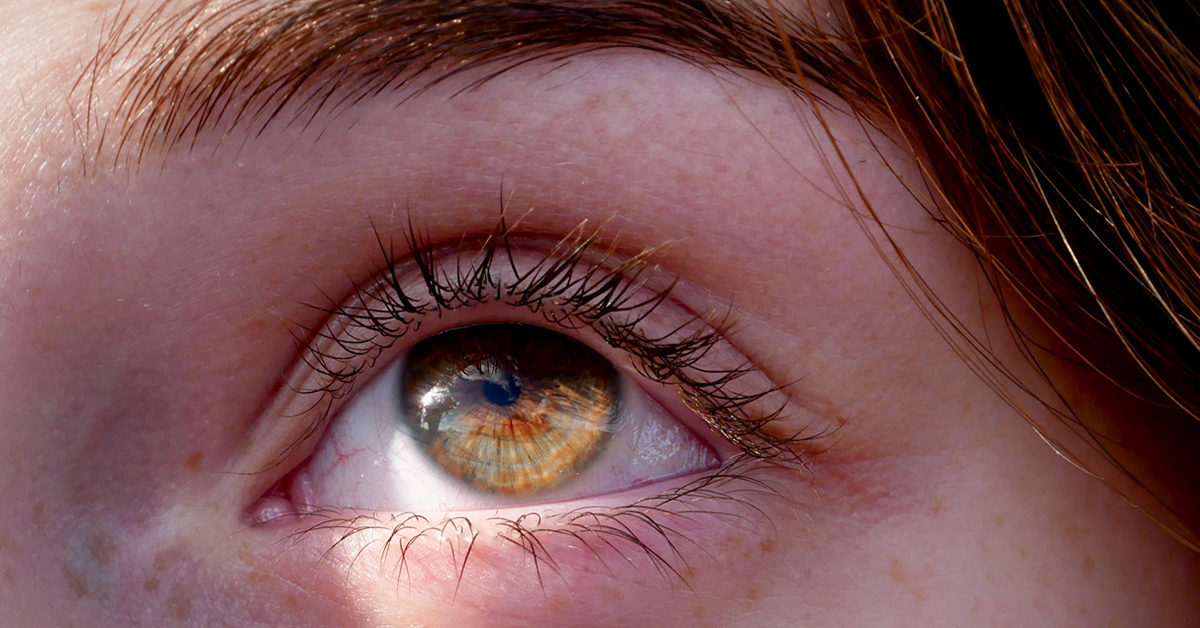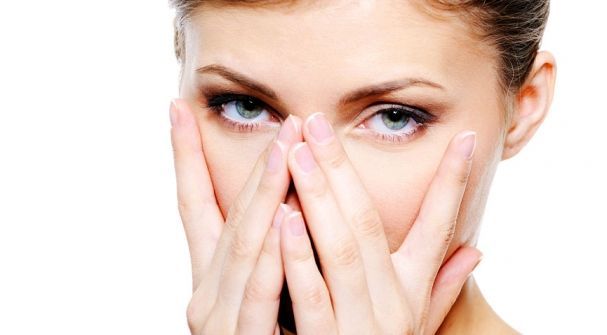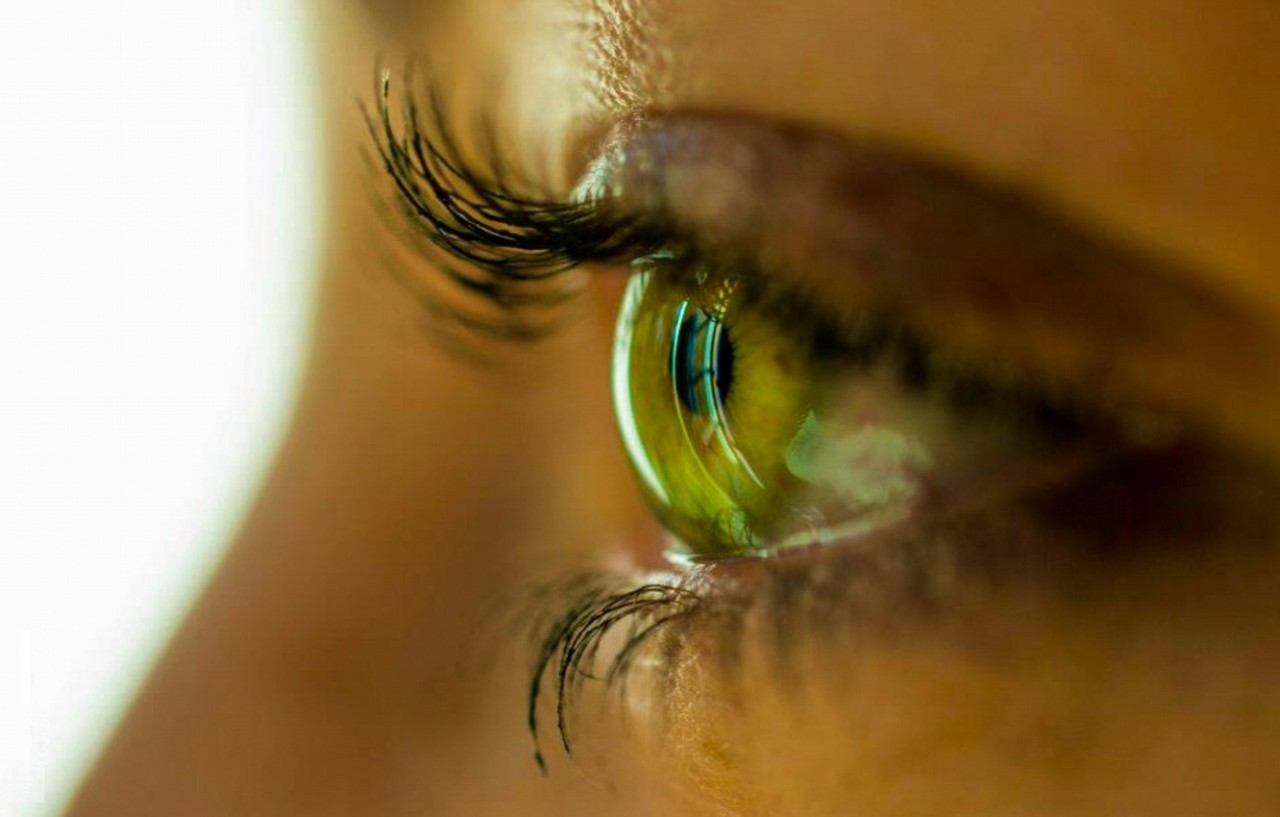Causes of Eye Irritation

Our eyes perform many functions. They are part of the body’s image generating system. From an evolutionary point of view, eyes have been important to humans since they appeared on the scene millions of years ago. Eyes have evolved into one of the most finely-tuned image processing systems.
Organ that encodes light and convert it to electrical impulses in photoreceptors by using the smallest possible fraction of a pixel. Eyes, with resolving ability, have come in 101 different types, and 96 percent of animal species have a highly complex visual system. The human eye consists of the cornea (the transparent covering), the lens, aqueous humor (the fluid in the eye that contains tears and nutrients), and the retina. Aqueous humor is composed mainly of water and is filled with small amounts of salts, sugars, proteins, and free-floating chemicals that work together as an electrolyte.
Aqueous humor acts as a conveyor belt for the nerve fibers of the eye, moving from the retina to the lens, where it projects light. The eye contains several other organs including the eyelid, the eyelids, the eyelocharynx, the nose, the ethmoid spheres, and the nasal septum. In the middle area between the iris and the pupil is the aqueous chamber. Behind the pupil is the optic nerve.
One of the three major components of the eye is the conjuctiva. It is the capillaries that link the conjunctiva to the other two major components of the eye: the eyeball and thenarculary muscles. The conjunctiva’s primary function is to moisten the eye with a thin, clear, and water-soluble secretion of fluid called the erythrocytes. The most important component of the conjunctiva is the trabecular meshwork, which helps to keep the eyeball from falling off during eye opening.
The eyeball is covered with three layers of the skin - the epidermis, the outermost epidermal layer; the dermis, the second layer of skin, and finally the hypodermis, the subcutaneous layer of tissue that lies underneath the epidermis. The eye rests on top of a structure, the eyeball, which is made up of the bifurcation of the cartilage that makes up the bones of the upper part of the eyelid. This arrangement, called the ocular cavity, is surrounded by a thin membrane, the eyelid iris. At the center of the iris is the pupil, which contains a miniature camera housing to capture movement in the eye. Beneath the eyelid is the trabecular meshwork. All of these components play a role in providing vision.
Eye problems begin when elements of the conjunctiva are compromised. One such problem is erythema. This is often caused by reduced or impaired drainage due to congestion, excess facial skin, or severe mechanical tension, such as the eyelid lid. The iris can become inflamed, too, because it has been damaged by the natural tension. This can cause a red, scratchy appearance to the eyes.
Another problem of the conjunctiva is the buildup of fluid. If not treated, this will cause the walls of the trabecular meshwork to collapse, eventually cutting off the drainage duct. This results in the swelling and redness that are characteristic of an under-correction. In serious cases, the complete closure of the drainage duct may have to be surgically performed.
If the conjunctiva is irritated or under-correction occurs, there can be pain in the eyes. Fluid can collect under the eyelid and cause the eyes to water. In extreme cases, infection may occur and the eyelids might droop. There can also be pain under the eyes from inflammation.
Because drainage is the only means of exit for irritants and bacteria, under-correction can be very dangerous. Infection can spread to the sinus areas and result in very serious health problems. Eye infections can often lead to bacterial conjunctivitis, which affects the membranes surrounding the eyes. This can be extremely painful as well as difficult to treat.
It is very important that anyone who uses contact lenses to make sure that the lenses are properly cleaned. In many cases, improper cleaning of the contacts can cause iris damage, which will make it more difficult to see. Also, it will take longer to recover from eye irritation than from an eye infection.
Irritations to the eyes should always be evaluated immediately. These signs can indicate a serious eye disease, which should be promptly diagnosed and treated. If they are ignored, the potential damage can be far greater than just dark circles around the eyes. Dark circles around the eyes can be warning signs of cardiovascular disease, high blood pressure, diabetes, and more.




